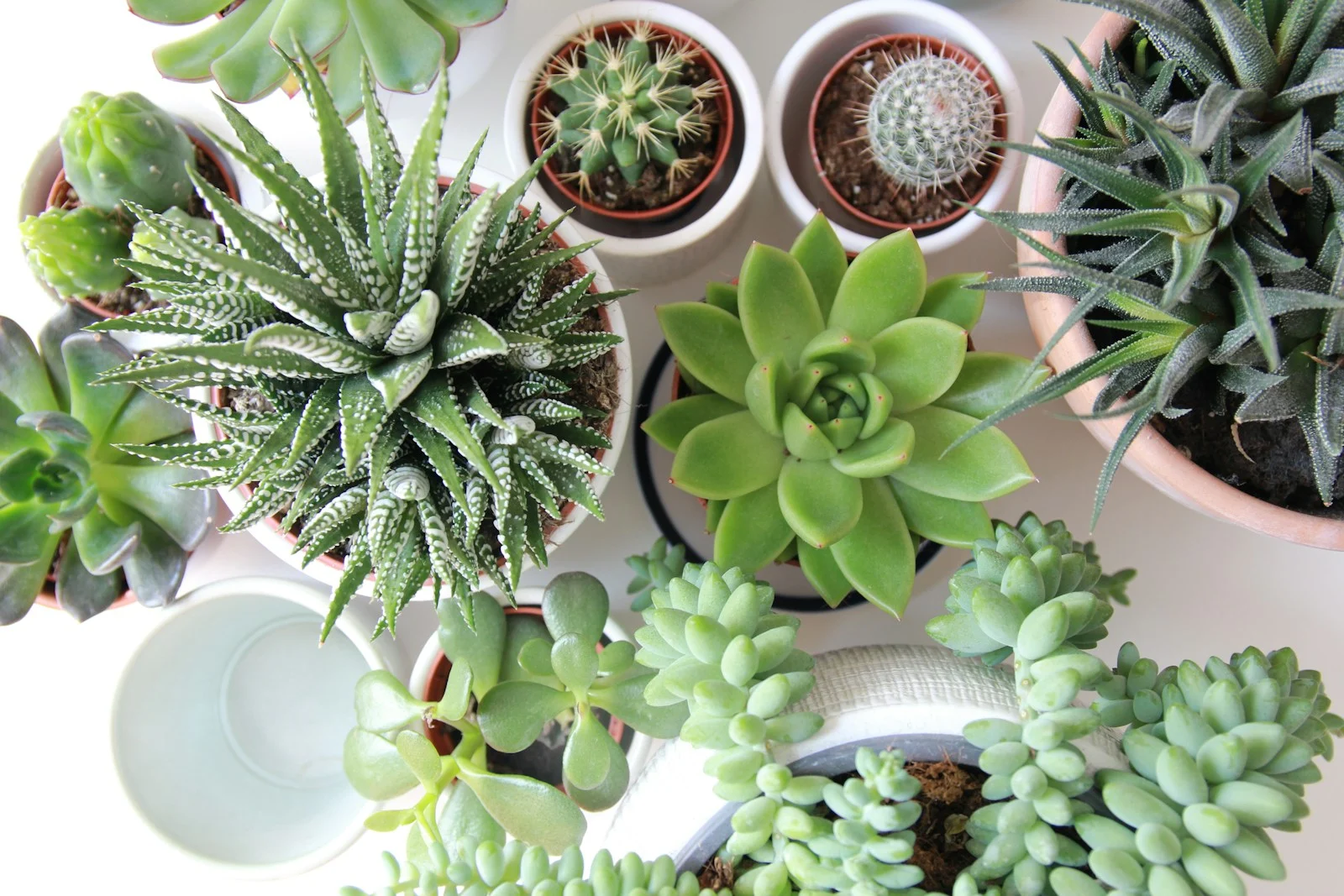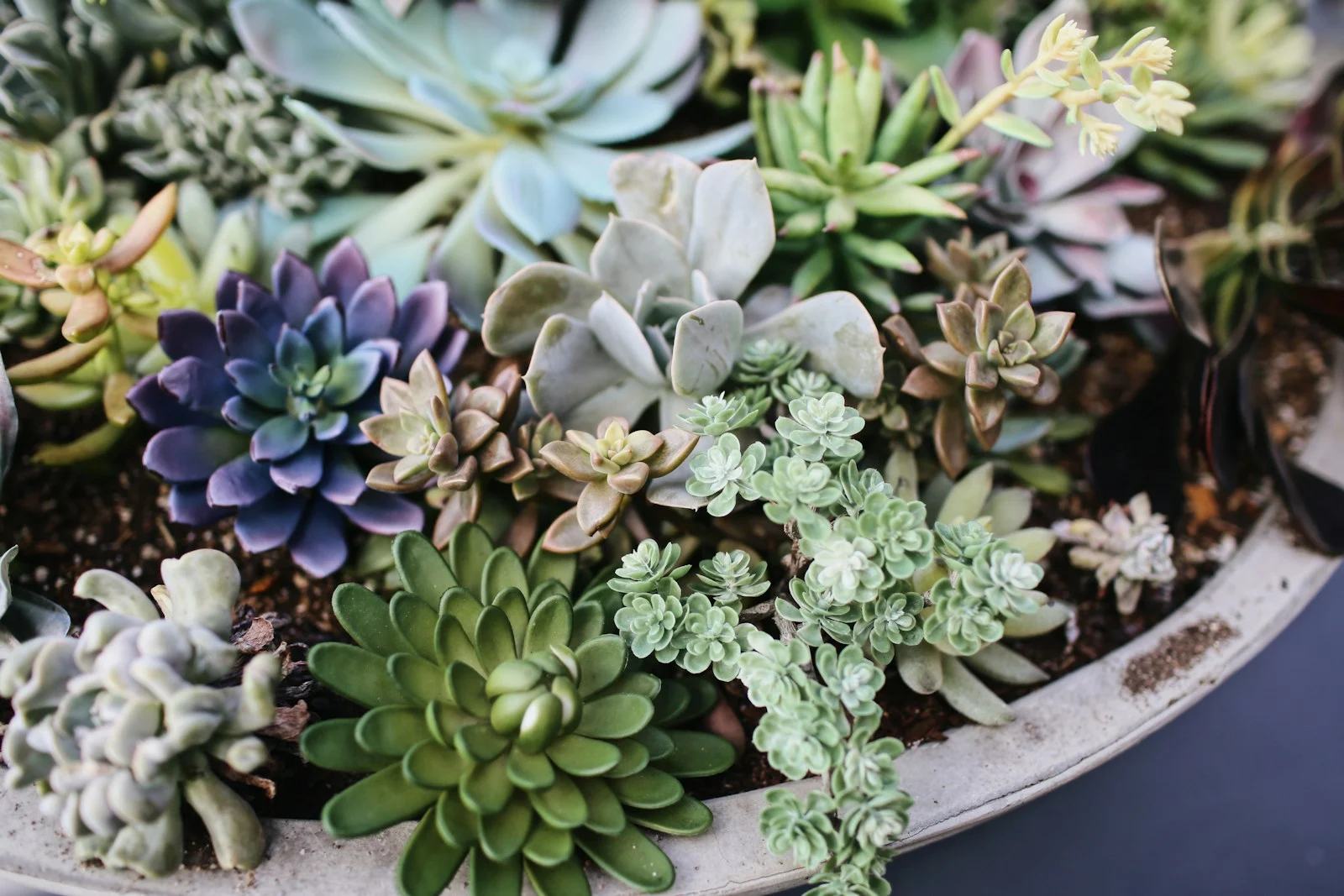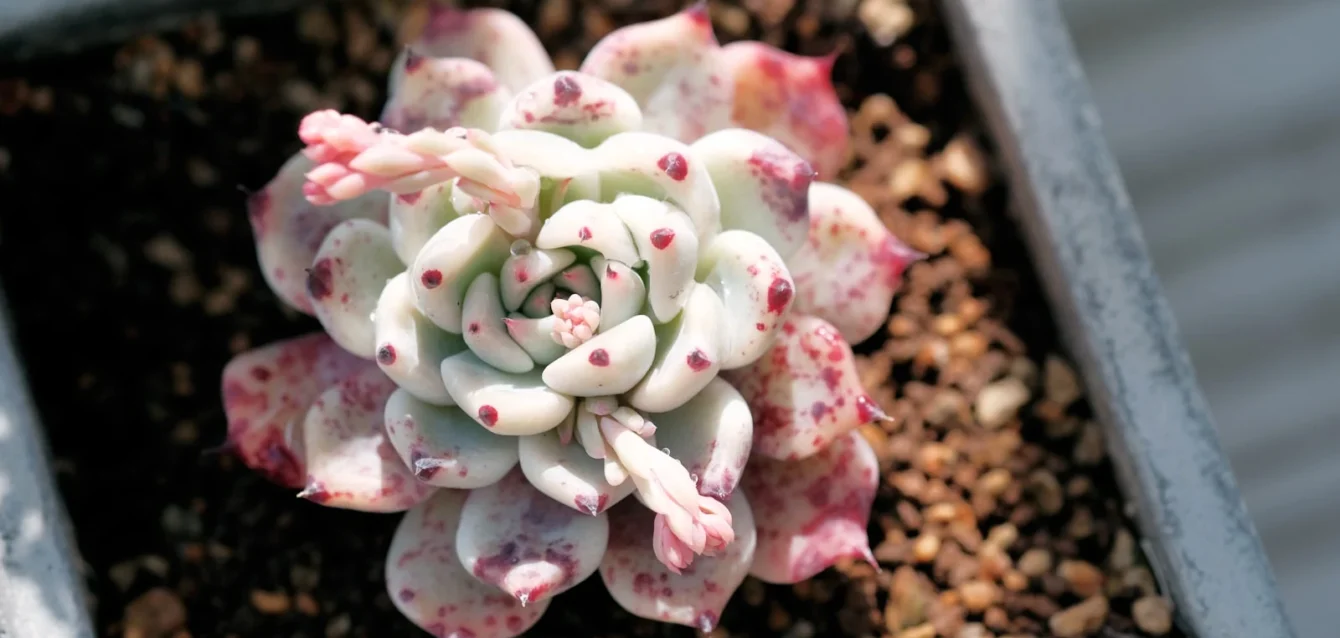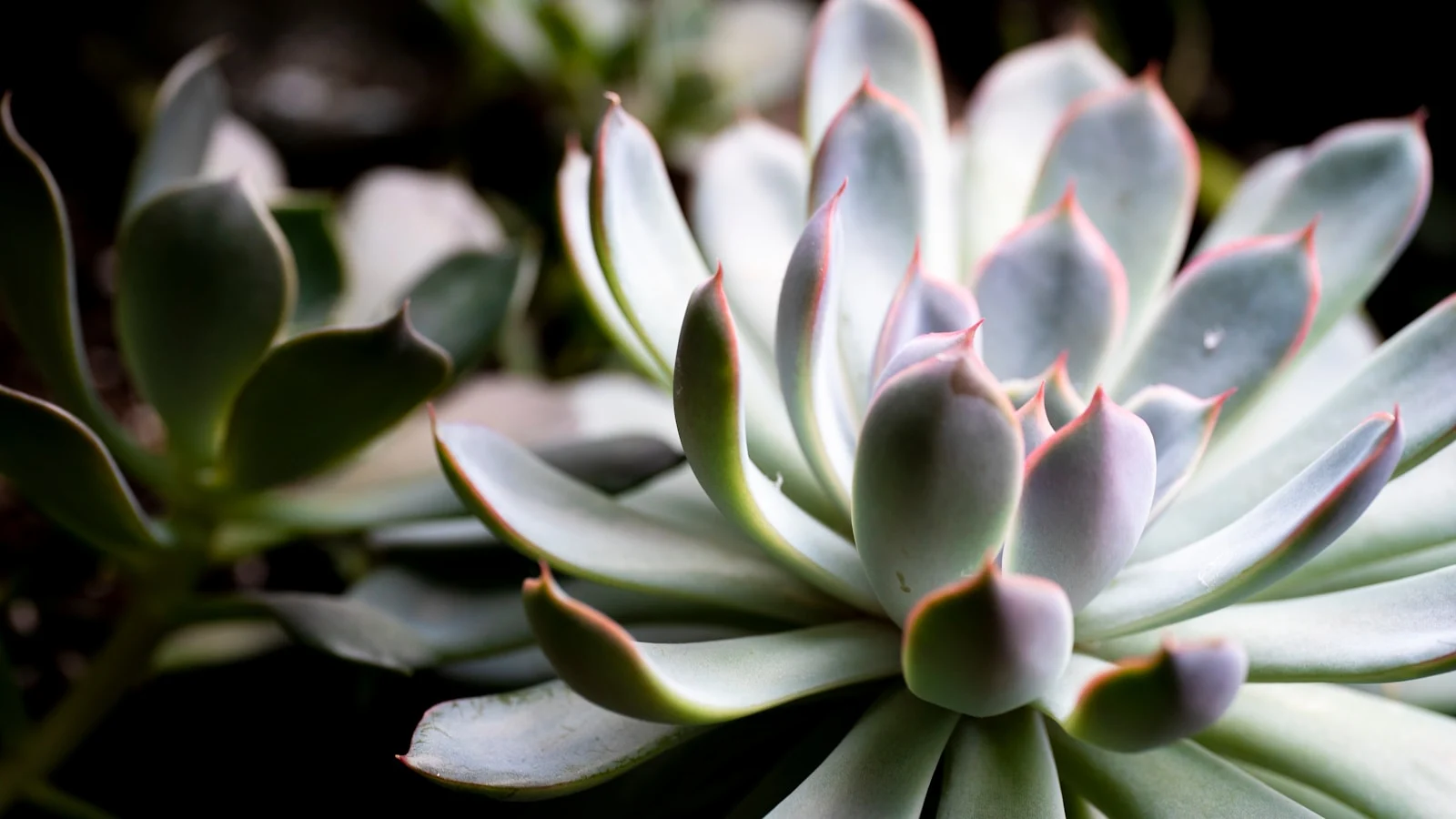This article is a sample portfolio piece created for presentation purposes. It serves exclusively to demonstrate style, structure, and editorial capabilities and may not represent a final, fully optimized, or updated version. If you are interested in professionally crafted articles, localization, or optimized content for your media or brand, contact us through the form or create an order, and we will be happy to prepare a custom solution for you.
Each of our articles is created through a combination of editorial experience, professional knowledge, and modern technologies. At the outset, we clearly define the brief – the topic, target audience, tone of communication, SEO keywords, and required length. We then conduct research using retrieval-based augmented generation (RAG) and verified sources, with AI helping us accelerate data collection, though we manually verify its accuracy. In the next step, we create a logical text structure, strategically place keywords, and adapt the language to the target audience. The finished content undergoes multi-stage linguistic, stylistic, and factual review, including SEO optimization and verification of E-E-A-T signals. When appropriate, we supplement the article with photographs, links, or graphics that enhance its attractiveness and comprehensibility. The final text combines AI assistance with human expertise and enables effective scaling while maintaining high quality.
Summary. Multiplying your succulent collection from individual leaves costs nothing and works surprisingly well when you follow four straightforward steps: cleanly remove healthy leaves, let them dry for 2-5 days to form a protective callus, place them on well-draining soil in bright indirect light, then lightly mist every few days once roots appear after about 2-3 weeks. The biggest mistake beginners make is watering too early or too much, which causes rot – those thick leaves already contain enough moisture to start developing roots and baby plants on their own. Start with easy varieties like Echeveria or Sedum that have 85-90% success rates, and don’t panic when the mother leaf shrivels up since that’s actually normal as it transfers nutrients to the new growth.
Growing new succulents from leaves is one of the most rewarding and surprisingly simple ways to expand your garden without spending a penny. Whether you’ve admired those plump leaves on your Echeveria or noticed fallen leaves from your jade plant, learning how to propagate succulents from leaves step by step transforms these tiny pieces into thriving new plants. This gentle method connects you with nature’s remarkable ability to regenerate while building a diverse collection of beautiful succulents from just a handful of cuttings.
Succulent leaf propagation involves four essential steps: select healthy, intact leaves from the mother plant; allow cut ends to callus for 2-5 days; place leaves on well-draining soil in bright, indirect light; and lightly mist the soil every few days until roots and baby plants (called pups) develop in 2-6 weeks. The mother leaf will gradually shrivel as it transfers nutrients to the new growth, completing nature’s cycle of renewal right before your eyes.
This guide walks you through each stage with beginner-friendly instructions, variety-specific tips that boost your success rate, and troubleshooting solutions for common problems. You’ll discover which succulent varieties root fastest, how seasonal timing affects growth, and exactly what healthy progress looks like week by week. This knowledge turns uncertain experiments into confident propagation success, giving you the tools to multiply your succulent collection with patience, care, and surprisingly little effort.
Choosing the Right Leaves and Preparing for Success
Selecting Beginner-Friendly Succulent Varieties
Not all succulents propagate equally well from leaves, and choosing the right variety dramatically improves your success rate. Starting with proven winners sets you up for early confidence-building results rather than discouraging failures. Some species naturally contain the genetic programming to produce both roots and new plantlets from leaf tissue, while others simply lack this remarkable ability no matter how carefully you tend them.
Here are the easiest varieties for leaf propagation that work reliably even for first-timers:
- Echeveria species (90%+ success rate): Their thick, fleshy leaves contain abundant moisture and root within 2-3 weeks. Look for varieties like Echeveria ‘Lola’ or Echeveria ‘Black Prince’ at local nurseries or garden centers.
- Sedum varieties (85%+ success rate): Sedum rubrotinctum (Jelly Bean Plant) and Sedum clavatum propagate quickly with minimal care. These cheerful plants reward beginners with fast results that build enthusiasm for more challenging projects.
- Graptopetalum species (80%+ success rate): Graptopetalum ‘Purple Delight’ produces pups and roots simultaneously, shortening overall propagation time. This dual development means you’ll see visible progress faster than with varieties that develop roots first and pups later.
- Crassula ovata (Jade Plant) (75%+ success rate): Though slower, jade plant leaves are durable and forgiving of beginner mistakes. Their thick, waxy coating protects them from environmental stress during the vulnerable propagation period.
Varieties to avoid as a beginner include Aeoniums, Sempervivums, and thin-leafed Echeveria varieties, which propagate poorly from leaves because they either require stem cuttings or produce roots without pups. Save these for when you’ve gained confidence with easier species. Attempting difficult varieties first leads to unnecessary frustration and may convince you that you lack a green thumb when the real issue is simply species selection.
Here’s a helpful insight that most guides overlook: within the same succulent genus, leaf thickness often predicts propagation success. Thicker leaves with visible moisture content (they feel plump and heavy) propagate more reliably than thin, delicate leaves. When shopping for propagation candidates, gently squeeze leaves to assess their water content. Leaves that feel substantial and full contain the stored energy needed to produce new plants, while papery or thin leaves often shrivel before developing roots.
How to Remove Leaves Properly Without Damage
The single most critical step in succulent propagation is removing the entire leaf cleanly from the stem. A torn or partial leaf won’t produce roots or new plants because the essential growth cells remain attached to the mother plant rather than traveling with your cutting. This seemingly simple task requires more attention than you might expect, but mastering it immediately improves your success rate.
Hold the base of the leaf firmly between your thumb and forefinger, then gently wiggle it side to side while pulling downward. You’ll feel a clean “pop” when the leaf separates correctly. The leaf should include the small growth point where it attached to the stem, since this is precisely where roots emerge. Think of it like removing a button – you want the entire attachment point, not just the visible portion above the surface.
What success looks like: the leaf base appears smooth and intact, not torn or ragged. If you see plant tissue hanging from the separation point or a rough, torn edge, that leaf likely won’t propagate successfully. Don’t be discouraged if your first few attempts produce damaged leaves; even experienced gardeners occasionally misjudge the angle or pressure needed for clean removal.
Water your mother plant 2-3 days before taking leaves. Plump, well-hydrated leaves contain more stored nutrients and energy, giving baby plants a stronger start than leaves taken from drought-stressed plants. This simple preparation step significantly improves germination rates and reduces the time needed for root development. You’ll notice that hydrated leaves feel heavier and more substantial than those from dry plants, and they maintain their turgor pressure longer during the callusing period.
Understanding the Callusing Period
Fresh leaf wounds must dry and form a protective callus before contacting soil or moisture. This step prevents bacterial infection and rot by sealing the vulnerable cut surface against pathogens present in soil and water. Skipping or rushing the callusing period is the number one mistake that destroys otherwise healthy propagation attempts, yet many beginners overlook this fundamental requirement in their eagerness to see progress.
Place removed leaves on a dry paper towel or empty tray in a location with bright, indirect light and good air circulation. Leave them undisturbed for 2-5 days, depending on your climate. In humid environments, callusing may take 4-5 days; in dry climates, 2-3 days suffices. The surrounding moisture level determines how quickly the cut surface dries and seals itself, so adjust your timing based on local conditions rather than following a rigid schedule.
The visual checkpoint tells you everything you need to know: the cut end should look dry, slightly rough, and sealed – not wet, shiny, or open. Run your finger gently across the callused end and you’ll feel a texture similar to fine sandpaper rather than the smooth, moist surface of a fresh cut. This roughened surface indicates successful cell wall formation that protects against infection while still allowing root cells to emerge when conditions are right.
How to Propagate Succulents from Leaves Step by Step
Creating the Ideal Propagation Environment
Success depends on replicating conditions that encourage root development without causing rot. Preparing your setup before placing calloused leaves ensures everything is ready when your cuttings need it. This preparation prevents the common mistake of placing leaves on unsuitable soil or in poor locations, then scrambling to fix problems after rot or desiccation has already begun.
Use a well-draining succulent or cactus potting mix, or create your own by combining 70% potting soil with 30% perlite or pumice. Fill a shallow tray or container 1-2 inches deep since propagating leaves need less soil depth than established plants. Drainage holes are helpful but not required for the propagation stage because you’ll be using minimal water. The key is creating a growing medium that allows air circulation around developing roots while maintaining just enough moisture to support growth.
Position your propagation tray in a location receiving bright, indirect sunlight for 6-8 hours daily. Avoid direct afternoon sun, which can scorch tender new growth and overheat the soil surface where delicate roots are forming. Ideal temperatures range from 65-75°F (18-24°C). Warmer conditions accelerate rooting; cooler temperatures slow the process but don’t prevent it entirely. Many gardeners successfully propagate on bright kitchen windowsills, covered porches, or under grow lights positioned 12-18 inches above the propagation tray.
Placing Leaves and Initial Care
Gently lay calloused leaves on top of the soil surface with the cut end facing down or lightly touching the soil. Don’t bury the leaves since roots will naturally grow toward and into the soil as they develop. This surface placement might look precarious, but it’s exactly what propagating leaves need. Burying them invites rot by trapping moisture against surfaces that aren’t yet ready to process it, while surface placement allows air circulation and proper moisture control.
This is where most beginners make critical mistakes with watering. For the first 1-2 weeks after placing leaves, don’t water at all. The leaves contain sufficient moisture to begin root formation, drawing on their internal reserves rather than external water sources. Once you observe tiny pink or white roots emerging (typically after 10-14 days), begin lightly misting the soil surface – not the leaves themselves – every 2-3 days. The goal is barely damp soil, never soggy.
Why misting leaf surfaces causes more harm than good: contrary to popular advice, misting leaves promotes fungal growth and rot. Succulents absorb water through roots, not leaves, despite their thick, moisture-storing tissue. Direct your moisture to the soil where roots are developing, treating the leaves themselves as protected moisture reserves that shouldn’t be wetted externally. This distinction between root watering and leaf misting is subtle but necessary for propagation success.
The Mother Leaf Lifecycle: What to Expect Week by Week

Understanding normal progression prevents unnecessary worry and helps you recognize when intervention is needed. Propagation is a slow process with little visible activity in early stages, which causes many beginners to assume failure and abandon perfectly healthy cuttings before they’ve had time to develop.
Week 1-2: Leaves may appear unchanged, with the callused end remaining dry. This is completely normal since root development happens internally before becoming visible. Resist the urge to disturb leaves by lifting them to check for roots, which damages emerging root tips before they’ve anchored in soil.
Week 2-3: Tiny pink or white roots emerge from the leaf base, searching for soil contact. This signals success and indicates you should begin very light misting. The roots appear fragile and thread-like at first, gradually thickening as they establish contact with soil particles.
Week 3-5: Small rosettes (pups) form at the leaf base alongside roots. The mother leaf may begin to shrivel slightly as it transfers nutrients to the developing baby plant. This shriveling is normal and expected, not a sign of problems. The mother leaf acts as a nutrient battery, slowly depleting its reserves to fuel the pup’s initial growth until the new plant’s roots can support it independently.
Week 5-8: Pups grow larger and develop their own leaf structures, creating miniature versions of the mother plant. The mother leaf progressively shrivels and becomes papery as nutrient transfer accelerates. You may see multiple pups forming from a single leaf, especially with generous varieties like Graptopetalum.
Week 8-12: The mother leaf completely dries and can be gently twisted off. Baby succulents have established independent root systems capable of supporting their growth. At this stage, the dried mother leaf simply detaches with the slightest touch, having fulfilled its biological purpose completely.
When to transplant: Wait until pups are at least 1/2 inch in diameter with visible root systems and the mother leaf has fully dried. Premature separation significantly reduces survival rates because the baby’s roots aren’t yet strong enough to absorb adequate water and nutrients. Patience during this final waiting period rewards you with robust young plants that transition smoothly to independent growth, while rushing leads to setbacks or losses that undo weeks of careful nurturing.
Seasonal Timing for Best Results
Propagation success varies dramatically by season, yet most guides gloss over this critical factor. Understanding how succulents respond to seasonal cycles helps you set realistic expectations and adjust your care accordingly, preventing unnecessary disappointment when fall or winter propagations develop more slowly than spring attempts.
Spring (optimal): Active growing season produces roots in 2-3 weeks with 80-90% success rates. Lengthening days and warming temperatures trigger growth hormones that accelerate cell division and root development. This is nature’s signal that conditions favor new growth, making spring the ideal time for beginners to attempt their first propagations.
Summer: Fast growth but requires protection from intense heat above 85°F (29°C), which can cook tender cuttings. Place propagation trays in locations with morning sun and afternoon shade, or move them to slightly cooler spots during heat waves. Success rates remain high (75-85%) if you prevent heat stress.
Fall: Moderate success with 3-5 week rooting times as plants prepare for dormancy. Cooling temperatures and shortening days slow metabolic processes, extending timelines but not preventing propagation entirely. Expect 65-75% success rates during autumn months.
Winter: The slowest period with 50-60% success rates as most succulents enter semi-dormancy. Consider waiting until spring unless you can provide supplemental grow lights and warmth to simulate spring conditions. Indoor propagation near heat sources (but not directly on them) can improve winter results, though patience remains essential as development may take 8-12 weeks rather than the 4-6 weeks typical in spring.
Troubleshooting Common Problems

Solving the Most Common Propagation Problems
Problem: Leaves growing roots but no pups
Cause: Insufficient light or wrong variety
Solution: Move to a brighter location (not direct sun) and continue patient observation. Some varieties naturally take 6-8 weeks to produce pups after roots appear, so the timing gap doesn’t necessarily indicate failure. If no pups emerge after 10 weeks despite healthy roots, the variety may not propagate well from leaves and you’ll have better success with stem cuttings instead.
Problem: Leaves turning yellow or mushy
Cause: Overwatering or premature watering before callusing
Solution: Stop watering immediately and remove affected leaves to prevent rot from spreading to healthy specimens. Allow soil to dry completely before resuming light misting, and verify that remaining leaves have properly callused ends before continuing. This problem is entirely preventable through proper water discipline, making it the most common yet most avoidable propagation failure.
Problem: Leaves shriveling without producing roots or pups
Cause: Insufficient humidity in very dry climates, or leaves removed incorrectly without the essential growth point
Solution: Ensure leaves were removed with intact bases including the attachment point. In arid climates, loosely cover the propagation tray with plastic wrap, removing it daily for air circulation to maintain slight humidity without creating the stagnant conditions that promote fungal growth.
Problem: Pups forming but no roots
Cause: Soil too dry or pup not making contact with the soil surface
Solution: Gently press the pup’s base into soil contact and increase misting frequency slightly to encourage root searching behavior. Sometimes pups develop before roots due to the leaf’s position or variety characteristics; these eventually produce roots once the pup needs independent nutrition.
Caring for New Succulent Plants
Once baby succulents reach 1/2 to 1 inch in diameter with established roots, they graduate to independent care. Carefully transplant into individual 2-3 inch pots using succulent soil mix, handling the delicate roots gently to avoid damage. Water when soil dries completely (about once weekly), gradually increasing to match the mother plant’s watering schedule as the baby grows. Provide bright, indirect light for the first month before introducing direct morning sunlight, allowing the young plant to acclimate gradually to stronger light intensity.
These young plants will reach mature size in 6-12 months depending on variety, giving you a thriving succulent collection grown entirely from leaves you propagated yourself. The satisfaction of watching tiny leaf cuttings transform into full-sized plants connects you deeply with the natural world while providing beautiful additions to your garden and home. Many gardeners find propagation addictive once they experience their first success, leading to windowsills filled with developing babies and generous sharing with friends and neighbors who admire your growing collection.
Conclusion
Propagating succulents from leaves step by step transforms what seems like a slow, uncertain process into a predictable system that reliably produces new plants. By selecting beginner-friendly varieties, properly removing and callusing leaves, creating the right environment, and following seasonal timing, you’ll achieve success rates above 80% even as a complete beginner. This rewarding skill costs nothing beyond patience and attention, multiplying your plant collection while deepening your understanding of how succulents grow and thrive in their remarkable way.
Key takeaways for propagation success:
- Start with high-success varieties like Echeveria, Sedum, or Graptopetalum for confidence-building early wins
- The callusing period (2-5 days) is non-negotiable; skipping this step invites rot and failure
- Less water is always better than more during propagation; wait for visible roots before introducing any moisture
- Spring propagation produces the fastest results; winter attempts require patience and adjusted expectations
- The mother leaf naturally shrivels as babies grow, signaling success rather than failure
Gather a few healthy leaves from your favorite succulent today and begin your propagation journey using what you’ve learned about how to propagate succulents from leaves step by step. In just 6-8 weeks, you’ll watch tiny leaves transform into thriving baby plants – proof that with the right knowledge and a little patience, anyone can successfully multiply their succulent collection. Your expanded garden awaits, one leaf at a time, each new plant carrying the satisfaction of growth you guided from beginning to end.
Frequently Asked Questions About Propagating Succulents from Leaves
1. Can all succulent varieties be propagated from leaves?
No, not all succulents propagate successfully from leaves. Echeveria, Sedum, Graptopetalum, and Jade plants work wonderfully with leaf propagation, while Aeoniums and Sempervivums require stem cuttings instead. If you’re unsure about your specific variety, try propagating just a few leaves first to test how well they respond before removing more from your plant.
2. How long does it take to grow a new succulent?
You’ll see roots forming in 2-3 weeks, with tiny baby plants (pups) appearing by week 3-5. The complete process from leaf to independent plant takes 8-12 weeks, and your new succulents will reach mature size in 6-12 months depending on the variety. Spring propagation produces the fastest results, while winter attempts can take twice as long.
3. Should I water propagating leaves right away?
Don’t water for the first 1-2 weeks after placing calloused leaves on soil. The leaves contain enough moisture to begin root formation on their own, and early watering is the most common mistake that causes rot. Once you see tiny roots emerging (around day 10-14), start lightly misting the soil surface every 2-3 days.
4. Why is my mother leaf shriveling up?
A shriveling mother leaf is actually a sign of success, not failure. As the baby plant grows, the mother leaf transfers its stored nutrients and gradually dries out – this is completely normal and expected. Once the mother leaf becomes papery and dry (usually weeks 8-12), you can gently twist it off, leaving your new baby succulent to grow independently.
5. What’s the best way to increase my propagation success rate?
Start by choosing beginner-friendly varieties like Echeveria or Sedum, which have 85-90% success rates compared to trickier species. Always ensure you remove leaves with the complete base attachment point, allow proper callusing for 2-5 days, and propagate during spring when plants are actively growing. These three factors alone will dramatically improve your results and give you the confidence to experiment with more challenging varieties as your skills develop.
External Sources Used:
-
Succulents and Sunshine – How to Propagate Succulents from Leaves and Cuttings. Retrieved October 2025. [SucculentsandSunshine.com]
-
Succulents and Sunshine – Succulent Leaf Propagation – Week by Week. Retrieved October 2025. [SucculentsandSunshine.com]
-
Succulent Growing Tips – The Easiest Succulents To Propagate By Leaf & How To Guide. Retrieved October 2025. [SucculentGrowingTips.com]
-
Artemis Flower Farm – Growing and Propagating Succulents. Published February 2022. [ArtemisFlowerFarm.com]
-
Succulents Box – Tips on Succulent Propagation from Leaves and Cuttings. Published July 2021. [SucculentsBox.com]
-
Succulents Box – 10 Easiest Succulents to Propagate: Comprehensive Guide. Published September 2022. [SucculentsBox.com]
-
Spike and Bloom – Mistakes When Propagating Succulents. Published August 2025. [SpikeandBloom.com]
-
The Next Gardener – 8 Common Mistakes to Avoid When Propagating Succulent Leaves. Retrieved October 2025. [TheNextGardener.com]
-
The Next Gardener – Succulents Propagation: Leaves Produce Roots But Not Shoots. Published December 2024. [TheNextGardener.com]
-
The Next Gardener – Top 10 Succulents Easy to Propagate. Retrieved October 2025. [TheNextGardener.com]
-
Succulent Growing Tips – The Best Time To Propagate Succulents. Published January 2024. [SucculentGrowingTips.com]
-
Spike and Bloom – Succulent Propagation Timing. Published July 2025. [SpikeandBloom.com]
-
Succulent Growing Tips – How Long Before Succulent Cuttings Root? Published February 2024. [SucculentGrowingTips.com]
-
Succulents for Life – How Quickly Can You Grow A Succulent (From Seed Or Cutting). Published August 2023. [SucculentsforLife.com]
-
Unusual Seeds – 4 Reasons Your Leaf Cuttings Won’t Grow A New Succulent. Published May 2019. [UnusualSeeds.net]



